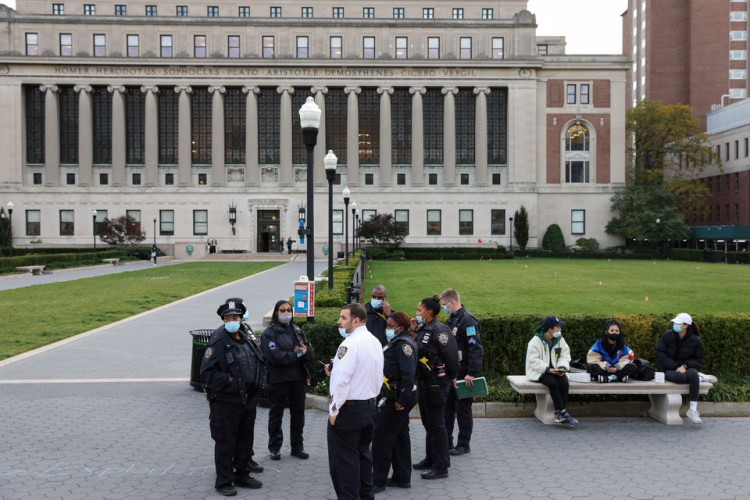The Federal Bureau of Investigation (FBI) has reported that schools are now the third most common venue for hate crimes in the United States, with a significant 10% of all reported incidents in 2022 occurring within educational institutions. This alarming trend underscores the pressing challenge of ensuring safety and inclusivity in schools, where students should ideally be focused on learning and development rather than facing bias-motivated threats.
The FBI's comprehensive analysis, spanning the years 2018 to 2022, indicates that secondary schools-encompassing preschool to 12th grade-have borne the brunt of these hate crimes. In 2022 alone, over 1,300 hate crimes were reported in school settings, including colleges and universities, with 890 incidents specifically recorded at secondary education levels.
These figures not only highlight the prevalence of such crimes in academic environments but also the vulnerability of juvenile populations, with over 30% of juvenile hate crime victims and nearly 36% of juvenile offenders experiencing or committing these offenses within school premises.
The increase in school-related hate crimes in 2022 is particularly noteworthy, marking a departure from the previous two years when the COVID-19 pandemic led to a significant reduction in in-person schooling. This shift suggests that the resumption of traditional schooling may have inadvertently created spaces where hate crimes could proliferate.
The FBI's data reveals a seasonal pattern to these incidents, with the final quarter of the year-October through December-witnessing the highest occurrence of hate crimes in schools, averaging four offenses per day in the month of October alone.
The nature of these crimes is predominantly characterized by intimidation, vandalism, and simple assault, with Anti-Black or African American hate crimes being the most common, followed by Anti-Jewish and Anti-LGBTQ offenses. This disturbing trend not only reflects broader societal biases but also the urgent need for targeted interventions to foster tolerance and respect within educational settings.
The implications of these findings extend beyond the immediate impact on victims and perpetrators. They signal a broader societal challenge that demands concerted efforts from educators, policymakers, and community leaders to address the root causes of hate and bias in schools. The FBI's report serves as a crucial call to action, urging local law enforcement and school officials to utilize this data to develop strategies that can mitigate, if not prevent, future hate crimes in educational environments.
As schools remain a cornerstone for shaping young minds and societal values, the rise in hate crimes within these institutions poses a significant threat to the foundational principles of equity and inclusion. The data presented by the FBI not only sheds light on the extent of the problem but also emphasizes the collective responsibility to ensure that schools are safe spaces where all students can thrive, free from the fear of hate-motivated violence.






